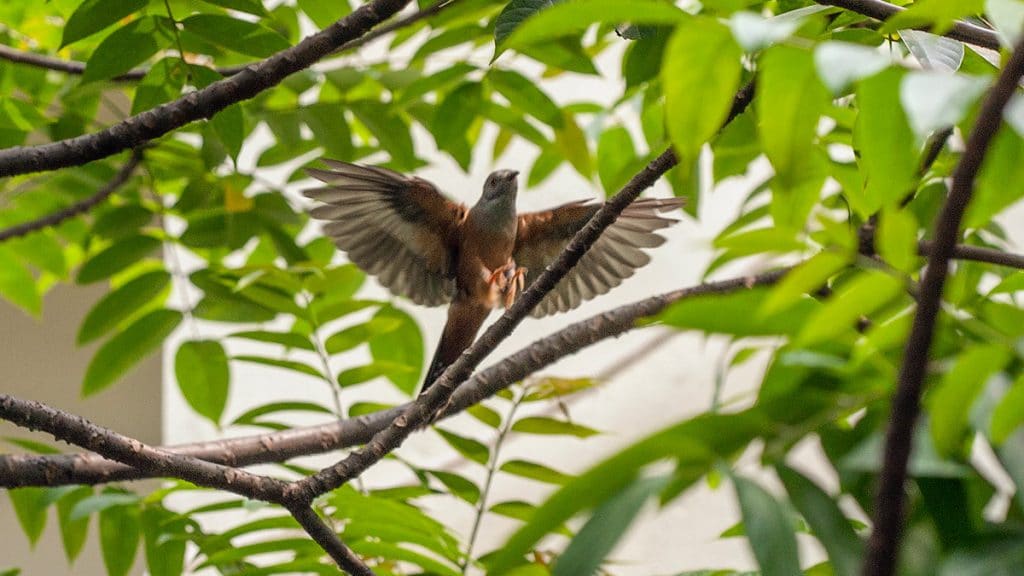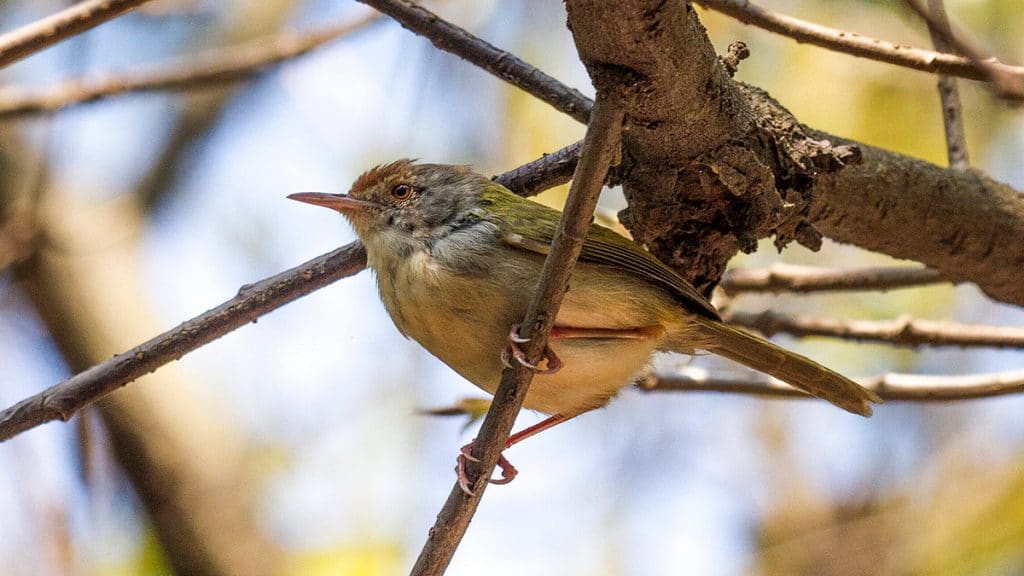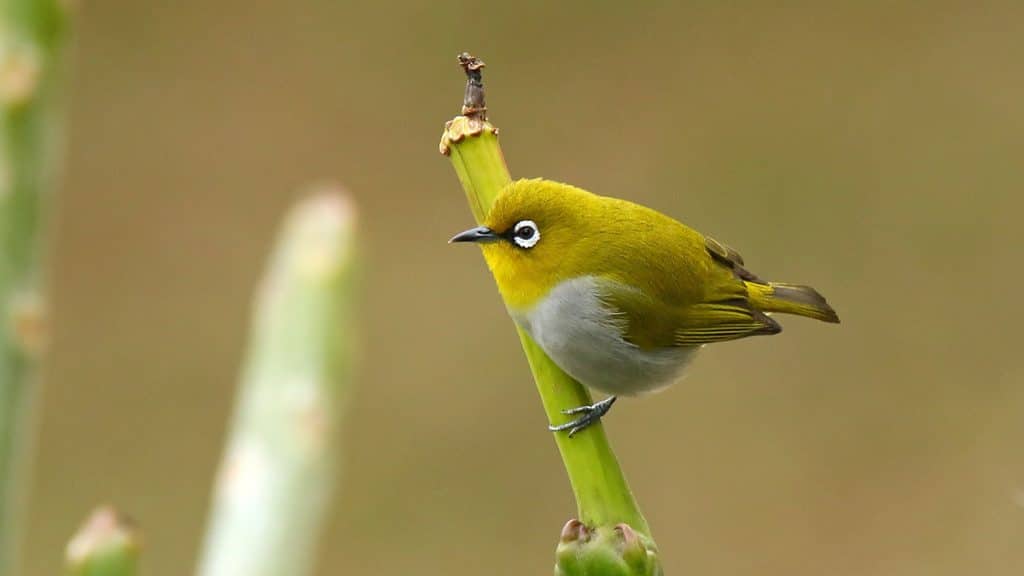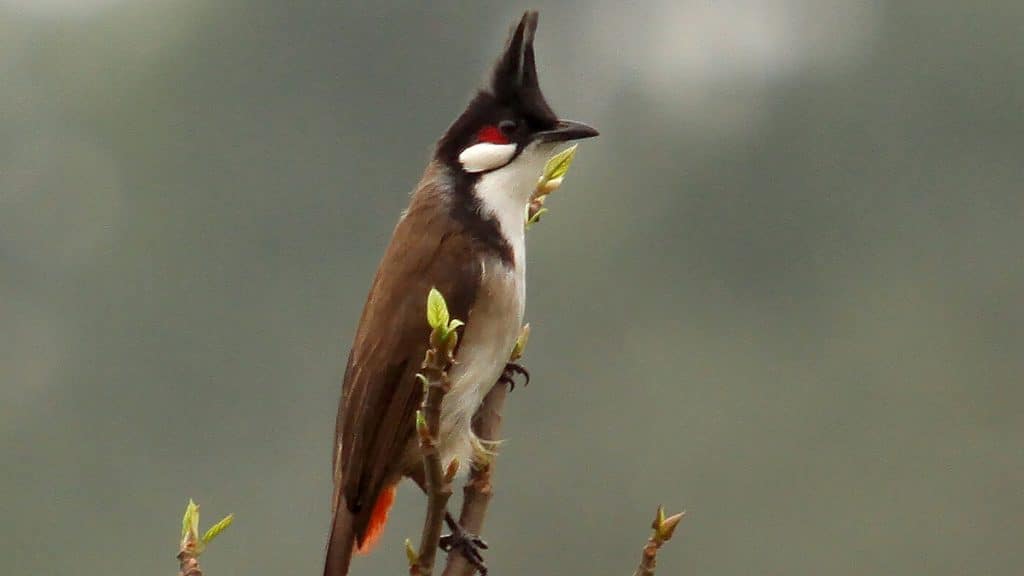Editor's Pick
5 beautiful birds common to Hanoi
Yes, Hanoi has wild birds! Here are some of the finest and most abundant in the city
Yes, Hanoi has wild birds! Here are some of the finest and most abundant in the city
Published
4 years agoon
A quick glance at Hanoi, and it does not seem like much of a city in terms of biodiversity. It is easy to imagine it as the sort of place that someone with binoculars and a field-guide to birds would fly from in a flash. The Vietnamese capital can strike one as a harsh place for anything wild: a non-stop tempest of traffic, unbridled construction and burning has swamped the ground with concrete, while commerce has filled the air with a grey gristle suited only for coughing fits, and made the many lakes uninviting. Yet wildlife is tough. Hanoi manages to support beautiful street trees, small verdant parks, and marginal but important areas of untamed, low-profile but hardy habitat for wildlife.
Getting to know some of the native birds we are still likely to find near the busiest of spots gives us a new sense of connection with the city we share. Here is a list of five fine-feathered friends we can get acquainted with in Hanoi.

When I asked my birding friend Hoang what birds you are likely to encounter in the city, he said Plaintive Cuckoos were “everywhere” right now. The sound it makes is far from the classic onomatopoeia alarm clock “cuckoo!” Instead, this little orange-bellied fellow of about 20 cm from head to tail gives a series of slow, very loud and clear high-pitch peeps, reminding me of some birds of prey but ending in a short and fast trill. Once you make a mental note of the sound then sure enough a walk around Hanoi will reveal them on many streets, especially near the lakes. They sound a little more flustered than plaintive. “Peep! Peep! Peep! Peep! Peep. peep peeppeeppeep!” Their voice trails off, becoming breathy before repeating the line.
They do not “cuckoo” like their many cousins that will soon announce spring in northern Eurasia. Like many other cuckoos in Eurasia, Africa and Australasia, Plaintives lay all of their eggs in the nests of other birds. These other basket-holders are usually smaller common species like tailorbirds, whose own eggs look somewhat like the ones they adopt against their will. Plaintive Cuckoos will start looking for nests at the end of spring, without asking of course.

This tiny bird may be hard to spot in spite of its abundance in gardens and parks, but its monotonous, persistent series of high-pitched single or two-syllable whistles are a conspicuous part of the city soundscape. At between 10-14 cm from beak to tail, this dainty omnivore is all around cheery, but unpretentious, with an upright tail (duoi dai means long tail), and a rusty-colored crown that may become yellow with pollen after feeding from flowers. An exception to this no-thrills, self-deprecating demeanor may be found in the nest, which gives the tailorbird its English name.
While hard to see amidst tree foliage, the design is an exquisite cup-shaped structure built from leaves carefully punctured and riveted together with tiny plant fibers, including cotton. In fact, several other close cousin species, like the prineas and other tailorbirds, build similar nests. This widespread bird of Southern Asia was brought to the global public imagination through the character of Darzee in Rudyard Kipling’s “The Jungle Book.” In Vietnam, a popular children’s song, “Chim Chich Bong,” celebrates the species, although music videos online seem to the birdsong of other species. The word chich refers to many small birds often collectively known as warblers in English, while bong means cotton.

White-throated Fantails are close to ubiquitous here, and it may secretly drive you nuts to not put your finger on what it is those extremely high-pitched, somber notes come from. The individual notes are like gears in need of greasing, but together they quickly rise and gently descend in a distinct, melodic and staccato phrase. Like the song, the appearance is pretty but unassuming, and like most wild birds, you are more likely to hear than see this neighbor. Both identical-looking parents build the mossy cup-shaped, arboreal nest, as well as care for and aggressively defend the chicks, either feigning injury or dive-bombing intruders.
Unlike many common Vietnamese birds, fantails are not typically kept in cages, mainly because they rely on flying insects to survive. With short but powerful wings, they will soar and snatch many a bug in their beaks after sitting in wait or scaring one up with a flash of their large unfurled tail. Like hundreds of aerial insect-eating bird species, fantails have evolved whisker-like bristles at the base of their beak, which may serve to impale, help detect or defend their eyes against their prey while airborne – people haven’t fully agreed upon the purpose. There are 34 other species of fantails found from South Asia through New Zealand, including one of Australia’s best-known birds – the Willie Wagtail.

A group of over 100 closely related bird species are collectively known as white-eyes and blackeyes, including one curiously known as the Dark-eyed white-eye. They are found throughout Sub-Saharan Africa, Southern Asia, Australia and many Pacific Islands. The Indian White-eye is the one widespread, non-migratory member of this collection in Vietnam, where it is frequently captured and sold in the caged bird trade. Its complex musical warbles, pleasant coloration and general abundance seem to lend it well to this market. Fortunately, it is also a survivor, and its fecundity and tolerance of highly-altered habitat mean you can still find the White-eye freely flitting about vegetation in Hanoi. High-pitched and buzzy “sip” sounds are more often heard than ornate songs. The Vanh khuyen in its Vietnamese name suggests a ring piercing around the eye, while hong vang refers to the yellow throat.

With its tall crest, loud liquid voice, and ubiquity, the 20 cm Red-whiskered Bulbul is the king of city birds in Hanoi. The Chao mao looks pure punk-rock too, and while not the most melodic species, these fruit-eating bulbuls are at least as easy to find in cages in Hanoi as in trees. They are more a part of our soundscape than roosters and caged doves, where they are always saying something approximating chao xin chao. The English word bulbul comes from the Arabic word for nightingale (a much more melodic but retiringly plumed bird). While red-whiskers are laudable, Chao mao might be preferred over its full English name. Unlike the four other species here, this is a bird one may encounter without even visiting Asia, as it has been introduced as a feral species in Sydney, Hawaii and Southern California to name just a few places.
Across the world, cityscapes, with greenery both managed and unmanaged, support assemblages of rugged avian dwellers that get by both in spite of and with the assistance of human activity. In each urban setting, bird life gives the place a distinct regional flavor, and it always enriches a person’s experience to become familiar with this wild source of color and music. So, next time you to take a stroll around Hanoi, stop for a moment, close your eyes and listen, there is a much wider array of birdsong than the maddening wake-up call of your neighbor’s rooster at 4 a.m.
Many spots throughout Hanoi are good for birdwatching, a few classics include Hanoi Botanical Gardens, the abandoned waterpark, in and around the the city’s many lakes, as well as Red River Rock Flower Garden.
